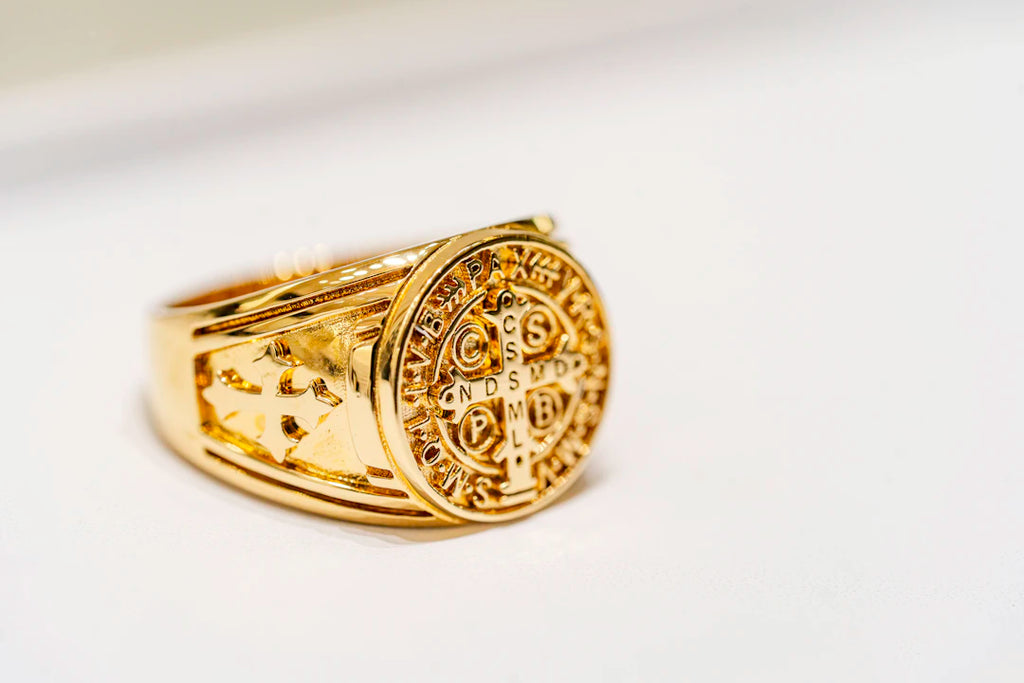Unveiling the Truth: Myths About Gold and Silver Jewelry

Frequently Asked Questions
1. Is gold always better than silver?
2. Does a higher karat mean higher quality gold?
3. Does silver jewelry tarnish easily?
4. Is all gold jewelry real gold?
5. Can you wear gold and silver together?
When it comes to jewelry, gold and silver have always held a special place in our hearts. They symbolize wealth, love, and timelessness. However, with their popularity comes a myriad of myths and misconceptions that can cloud consumer judgment. In this article, we'll debunk some of the most common myths about gold and silver jewelry, helping you make informed decisions when adding to your collection. Whether you are shopping for a delicate gold necklace or considering a men's stainless steel ring, understanding these myths is essential.
Myth 1: Gold is Always Better Than Silver
One of the most prominent misconceptions is that gold is inherently superior to silver. While gold does have a long-standing reputation for being luxurious and valuable, silver offers its own unique benefits:
- Affordability: Silver is generally more affordable than gold, making it accessible to a wider audience.
- Versatility: Silver jewelry can seamlessly complement various styles and outfits.
- Regal History: Silver has been used in jewelry for centuries and is often associated with historical significance.
Choosing between gold and silver ultimately depends on personal taste and budget, rather than an inherent value difference between the two metals.
Myth 2: Higher Karat Means Higher Quality
When discussing gold, many assume that a higher karat number always translates to higher quality. However, this isn't entirely accurate. Karat refers to the purity of gold, with 24k being the purest form. Here’s what you need to consider:
- Higher karat gold is softer and more prone to scratching and bending, making it less suitable for everyday wear.
- Gold alloys (such as 14k or 18k) are typically more durable and can be a better choice for jewelry that you wear often.
- Different karats have varying color tones; for example, 18k may have a richer color than 14k due to its higher gold content.
When it comes to quality, durability should also be a key consideration alongside purity.
Myth 3: Silver Jewelry Tarnishes Easily
Many people shy away from silver jewelry due to the belief that it tarnishes quickly. While it’s true that silver can tarnish, there are a few crucial points to keep in mind:
- Tarnishing is a natural chemical reaction that occurs when silver comes into contact with sulfur compounds in the air.
- Not all silver tarnishes at the same rate; high-quality, sterling silver often contains alloys that can be more resistant to tarnishing.
- Proper care and storage, such as keeping silver jewelry in a cool, dry place and using anti-tarnish pouches, can help mitigate tarnish.
With the right care, you can enjoy your silver jewelry without the worry of constant tarnishing.
Myth 4: All Gold Jewelry is Real Gold
A common misconception is that all gold jewelry items are made of genuine gold. In reality, there are several types of gold jewelry, including:
- Gold-Plated: A thin layer of gold is applied over a base metal, making it more affordable but less durable.
- Gold-Filled: A thicker layer of gold is bonded to a base metal, providing a more durable option than gold-plated jewelry.
- Solid Gold: Contains a specific karat percentage of gold and is the most durable and valuable option.
Understanding these differences can help you make better investment decisions when buying gold jewelry.
Myth 5: You Can’t Wear Gold and Silver Together
Another myth is that mixing gold and silver jewelry is a fashion faux pas. Modern fashion trends have embraced the art of mixing metals:
- Layering gold and silver can create a unique and personalized style.
- Wearing a men's stainless steel ring alongside your gold or silver pieces can add a contemporary flair.
- Mixing metals allows you to highlight different pieces in your collection without being confined to a single style.
The key is to strike a balance and ensure the combination feels cohesive and intentional.
Myth 6: Fake Gold and Silver Look Just Like the Real Thing
Many people believe that imitation gold and silver can fool the eye just as well as the real metals. However, there are distinguishable differences:
- Fake gold may appear shinier or excessively ornate, which can give it away.
- Silver-plated jewelry can feel lighter and may lack the weight associated with quality sterling silver.
- Look for resistances like discoloration or flaking, which can be strong indicators of fake jewelry.
Always choose reputable retailers to avoid the pitfalls of purchasing imitation pieces.
Myth 7: All Gold Jewelry is Hypoallergenic
While gold itself is generally hypoallergenic, not all gold jewelry is made exclusively from gold. It's important to pay attention to what alloys are mixed in with the gold:
- Nickel is a common alloy that can cause allergic reactions for some people.
- Choosing higher purity gold or alloys specifically designated as nickel-free can help avoid potential reactions.
- If you're concerned about allergies, consider opt for high-quality men's stainless steel ring or platinum as alternatives.
Be sure to consult product descriptions or ask sales staff if you have concerns about allergies.
The Sparkling Balance: Understanding Value and Preference
As you navigate the world of gold and silver jewelry, it's essential to separate myth from reality. Both materials possess unique charms, benefits, and potential drawbacks. The key takeaway is that the right jewelry piece resonates with your personal style and preferences, whether it's made of gold, silver, or even a men's stainless steel ring.
Being knowledgeable about these myths not only makes you a better informed consumer, but it also empowers you to embrace your choices without fear or doubt. Jewelry is an expression of individuality, and knowing the truths about gold and silver will only enhance your style journey.
So go ahead, explore and experiment with your jewelry collection—after all, the perfect piece awaits you at every turn!
Visit one of our fellow Shopify or Wix users' stores by clicking this store link. Please note that this is a promotional link, and we are not responsible for the content of the linked store.

Leave a comment